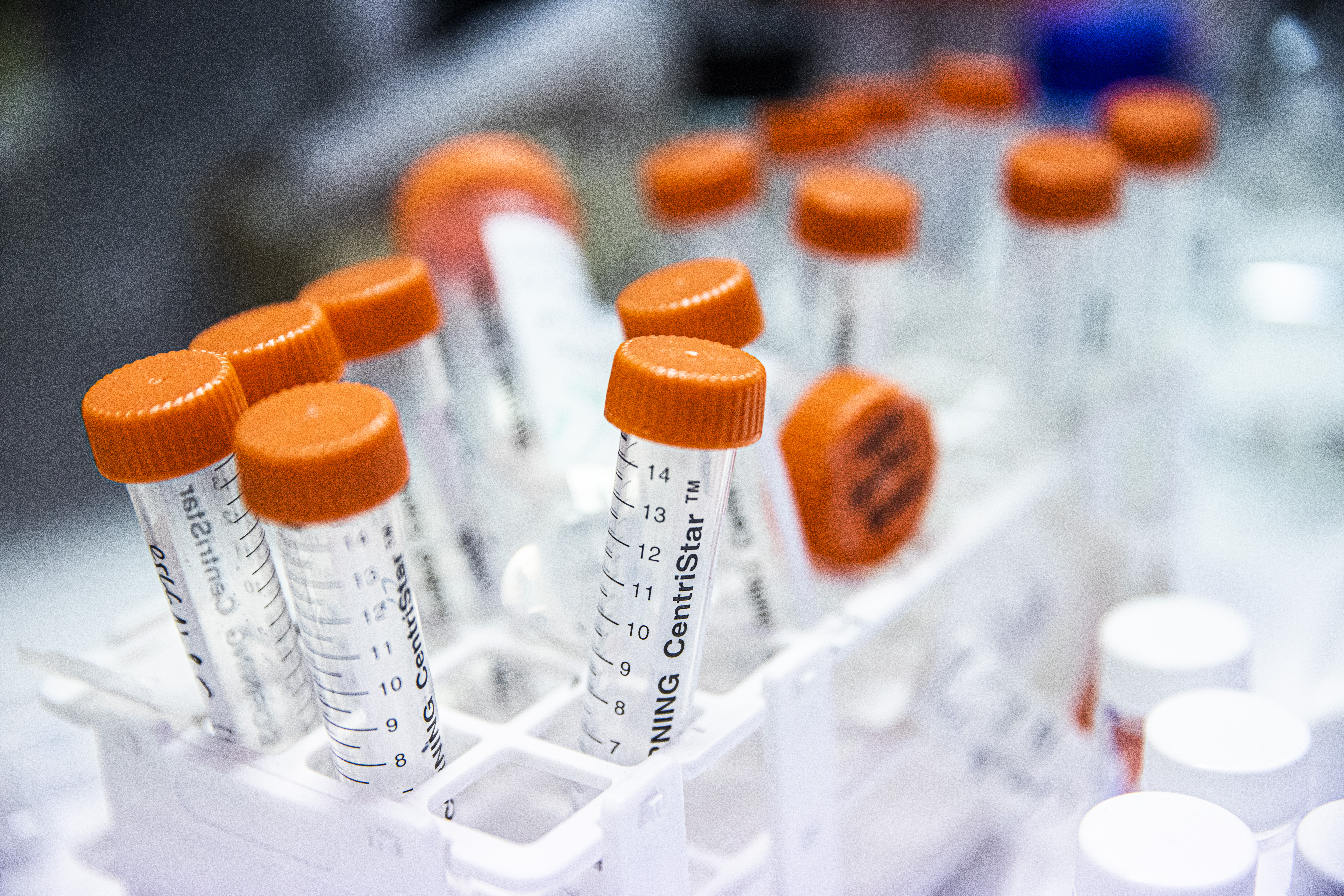Media release
From:
Semaglutide is part of the glucagon-like peptide-1 (GLP-1) receptor targeting family of peptide drugs which are mainly used to treat diabetes but are difficult and expensive to make.
An international team of researchers led by Professor Akhter Hossain at the Florey has developed a new faster and cheaper method to synthesize GLP-1 receptor targeting drugs.
Professor Hossain, Head of The Florey’s Insulin Peptide Laboratory, said the discovery published today as the cover article of the Journal of Medicinal Chemistry could mean cost-effective and high-scale production in the future.
“Semaglutide has proven to be more efficient than other anti-obesity drugs, in terms of weight loss and safety, and this has led to it being in short supply,” Professor Hossain said.
“We set out to develop an improved and cost-efficient synthetic process for making a potential new drug to target the GLP-1 receptor. Semaglutide has a very ‘hydrophobic” component in its structure, meaning it’s not easily dissolved in water and thus challenging to manufacture.”
The team used a chemical process called ‘glycosylation’, which differs to the ‘lipidation’ process used to make semaglutide, to make an analogue of GLP-1 that is ‘hydrophilic’ and much more easily dissolved.
“Glycosylation resulted in ten-fold higher yields compared with semaglutide,” Professor Hossain said.
Postdoctoral researcher in Professor Hossain’s laboratory, Dr Chaitra Chandrashekar, said it was exciting to be involved in research that could lead to benefit millions of people in the future.
“Our short term experiments in animal models showed our potential drug performed as semaglutide would. It significantly lowered blood glucose levels and promoted enhanced glucose disposal,” Dr Chandrashekar said.
“The method we’ve developed has fewer chemical steps and better yield than the current process for making semaglutide. Although more research is needed, it appears to be a way to rapidly and easily synthesize new drugs like semaglutide, while retaining their major therapeutic benefits for blood glucose control,” she said.
About The Florey:
The Florey is Australia’s leading brain research institute with a focus on improving the lives of people with neurological and psychiatric conditions. The Florey’s research missions are centred around dementia, epilepsy, mental health and developing ways to protect and repair the brain. These missions are strengthened by Florey’s expertise in neurotherapeutics, neuroimaging, synaptic biology and systems neuroscience. With 600 researchers, The Florey is the largest research centre of its kind in the southern hemisphere. Find out more about us on our website: www.florey.edu.au



 Australia; VIC
Australia; VIC


